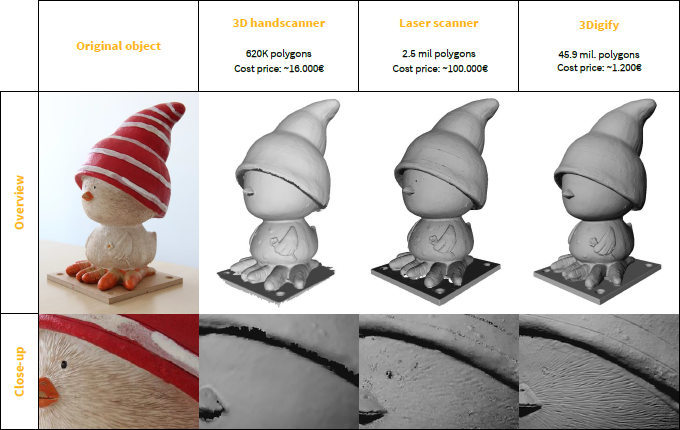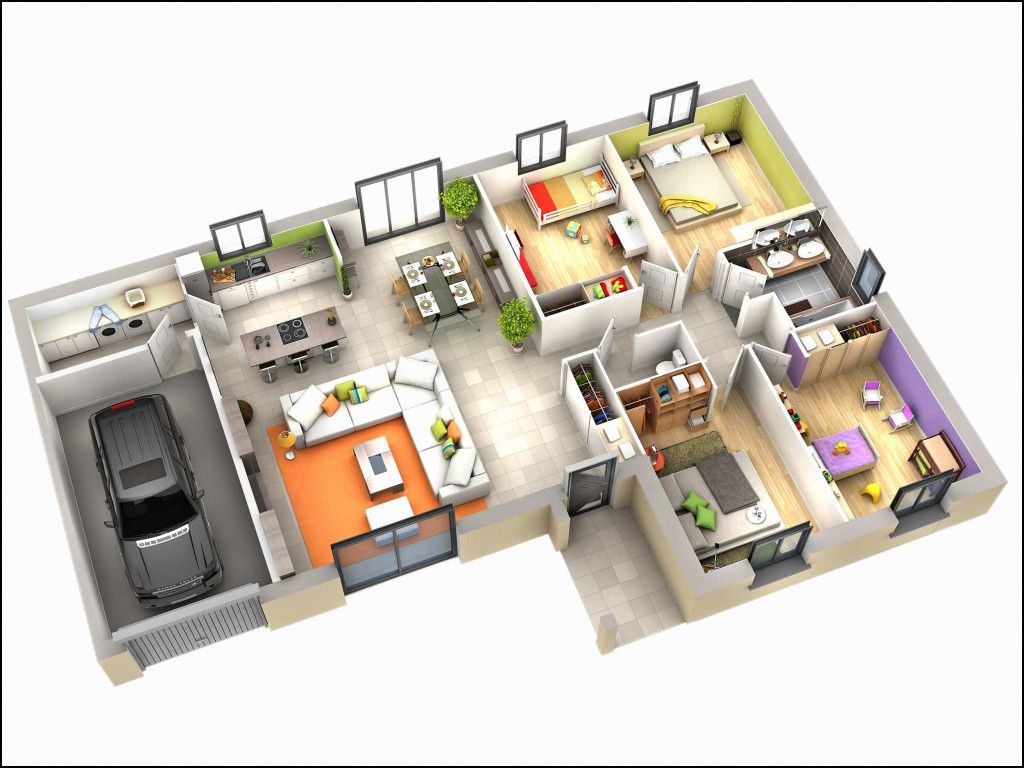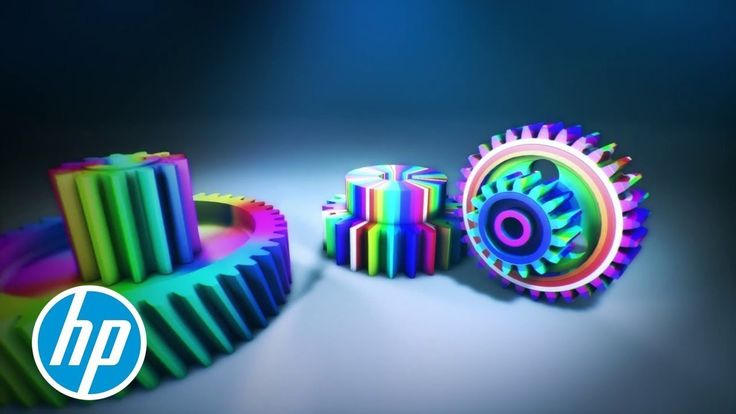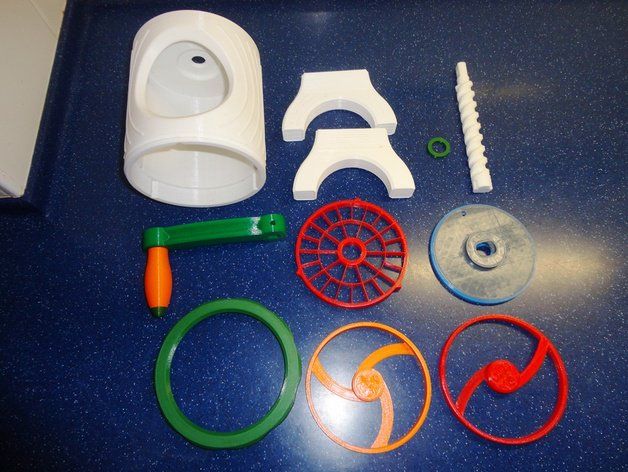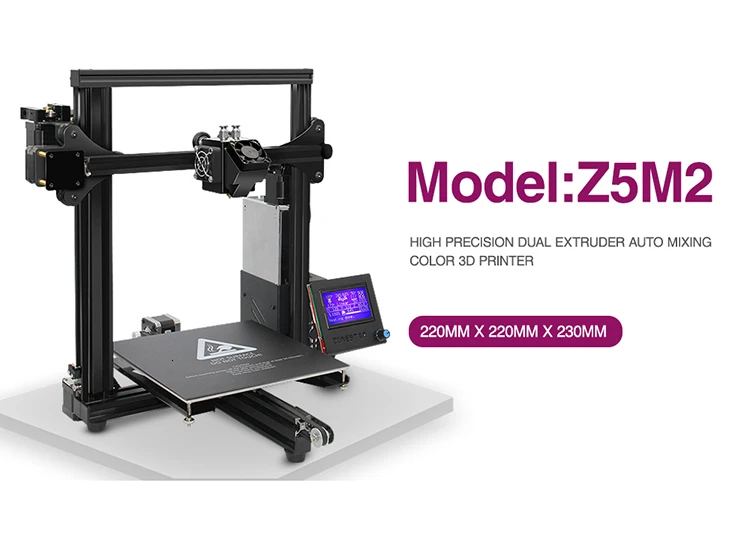Highest resolution 3d scanner
List of High-Resolution 3D Scanners According To Your Budget
ADVERTISEMENT
Table of Contents
One of the most running questions in the mind of people currently is, what does 3D scanning technology do? A simple answer to that question is, it analyses a real-world object to collect data on its shape and appearance. An example of this is the object’s color.
The data that is analyzed is then used to construct digital 3D models of the object. High-resolution 3D Scanners find their use in the 3D printing industry.
Since their invention, they have become an important, if not an essential part of the process of designing and modeling a piece on 3D software.
The market is filled with different types of 3D scanners that respond to different needs and therefore target different users. Our list of high-resolution 3D Scanner has been divided according to your budget because high-resolution 3D Scanners come in various price ranges.
And you as a user may be required to purchase a 3D Scanner in the low price range, high price range, or medium price range. These 3D Scanners are also different in terms of the accuracy, or capture speed for professional applications.
But in this article, we are focused on professional high-resolution 3D scanners, ranked by price. There are many professional 3D scanners, but we have after viewing many handpicked some of the wonderful devices. So, let’s get started.
List of high-resolution 3D Scanner according to your budget
This list is divided into three others wherein the first one will be a low price range of 3D Scanners, the other one would be medium price range 3D Scanners and the last one would be a high price range 3D Scanners. You can choose one from this according to your budget.
ADVERTISEMENT
The Low Price Range of 3D Scanners
In this price range, there will be 3D Scanners that are currently priced under $1000.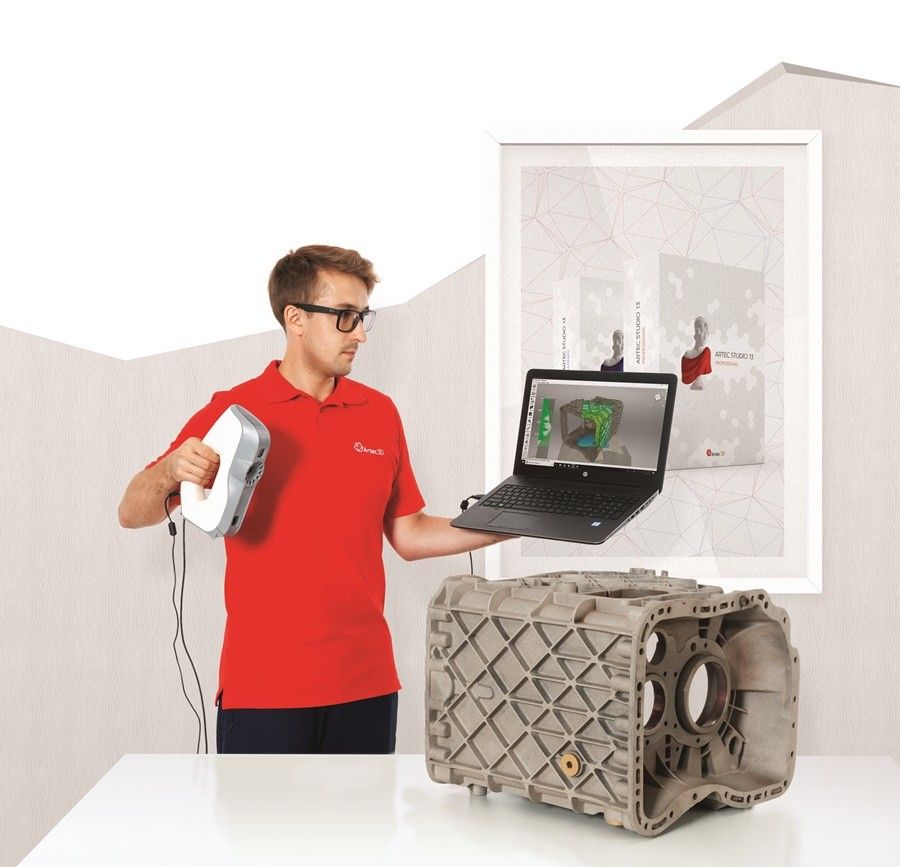
Murobo Atlas
The Murobo Atlas is a DIY 3D Scanner that anyone can construct from scratch, including the 3D printing of the frame, provided if, you choose an acrylic add-on purchase which is also available.
So the condition, while you sit for purchasing this printer, is that if you already own a Raspberry Pi for installing inside the scanner, the scanner itself will cost you $209.
But if you don’t, it will cost $244 for a kit that includes a Raspberry Pi 2 or you can even opt for $229 that has the Raspberry Pi B+.
What this Raspberry Pi camera does is, feeds into the Atlas 3D scanner by producing crisp textured 3D scans. Like most other DIY 3D scanners, this one too comes with its own tailored program, called the FreeLSS.
Something unique about this 3D Scanner is its usability, which is particularly convenient for a DIY 3D scanner in the sense that you can access the device in your browser via the built-in WiFi adapter. Overall, Murobo Atlas is a great high-resolution 3D Scanner at a very low price.
Murobo Atlas 3D Scanner In-Depth Review
ADVERTISEMENT
Scan Dimension SOL
We have already mentioned this 3D Scanner and the website that sells it in one of our articles.
The reason why we are mentioning it again is the fact that it is one of the many 3D Scanners which is available in a lower price range and is effective.
The Scan Dimension Sol was created for being not just precise and portable, but also to be easy to use, and affordable.
Primarily geared towards hobbyists, everyday makers, and 3D Printing or Scanning entrepreneurs, the 3D Scanner can handle a variety of applications.
Ranging from replacing or matching broken parts to replicating unique items, the scanner scans both the geometries of objects as well as their texture.
Priced at $599, this 3D Scanner is compatible with Windows 10 or Mac 10.14 operating systems.
Scan Dimension Sol 3D Scanner In-Depth Review
Matter And Form V2
As you can guess from the V2 that is written at the end of its name, it is the successor to the Matter and Form V1.
What this one retains from the Matter and Form 3D Scanner V1 is its hardware, what this one offers more than its V1 is, the introduction of usability improvements.
So, overall this one is an optimization of the V1, after learning about what they can do better in the former product the company has worked on creating something more meaningful and complete.
This high-resolution 3D Scanner does an admirable job for its price.
Something that this 3D Scanner also comes with is the new MFStudio software. Version two is capable of capturing geometry faster than its former version. And when used alongside the optional +QuickScan software upgrade it is a joy to play with.
Although as you had in version one, the USB connection to your computer makes the Matter and Form V2 a desktop scanner completely. And its foldable form factor lets you collapse it down for easy portability.
After exploring three options in the lower price range, let’s explore three in the middle price range.
Matter and Form V2 3D Scanner In-Depth Review
ADVERTISEMENT
The Middle Price Range of 3D Scanners
You should really look at the vast price range of 3D Scanners that are available. Above mentioned high-resolution 3D Scanners were all in the range below $1000. These ones are in the middle price range which starts from $1000 and ends up being at $10000.
HP Pro S3
The HP Structured Light Scanner Pro S3, was previously known as the David SLS-3. This 3D Scanner uses structured light for capturing objects. HP Pro S3, to ensure quality, has paired with an industrial-grade HD camera making it a standard for high-quality output.
Its stationary attitude makes some users think, it is restrictive and unwieldy. But, overall the S3 boasts the trick of modular expandability that allows for the use of a second camera.
What this essentially means is, you can increase the scanner’s precision.:quality(90)/images.vogel.de/vogelonline/bdb/950100/950155/original.jpg) This 3D Scanner is available as a full package packing with two of its industrial-grade cameras for $3899.
This 3D Scanner is available as a full package packing with two of its industrial-grade cameras for $3899.
It is compatible with Windows. If you wish to define the S3, it is actually a modular 3D scanner powerhouse that although is at a higher-end than the scanner mentioned before this, is an affordable printer seeing its modular setup and high-quality output.
HP Pro S3 3D Scanner In-Depth Review
ADVERTISEMENT
Ein Scan Pro or Pro Plus
Both of these 3D Scanners, the EinScan Pro and the EinScan-Pro+ are exceptionally multi-functional 3D scanners. In fact, Ein Scan is a company that is very rare on the list and we have said this about them before as well.
Because it is a company that focuses completely on the manufacturing of 3D Scanning only. These high-resolution 3D Scanners can capture objects that can be big or be small.
The multi-functionality of these 3D Scanners is in the way they can be operated i.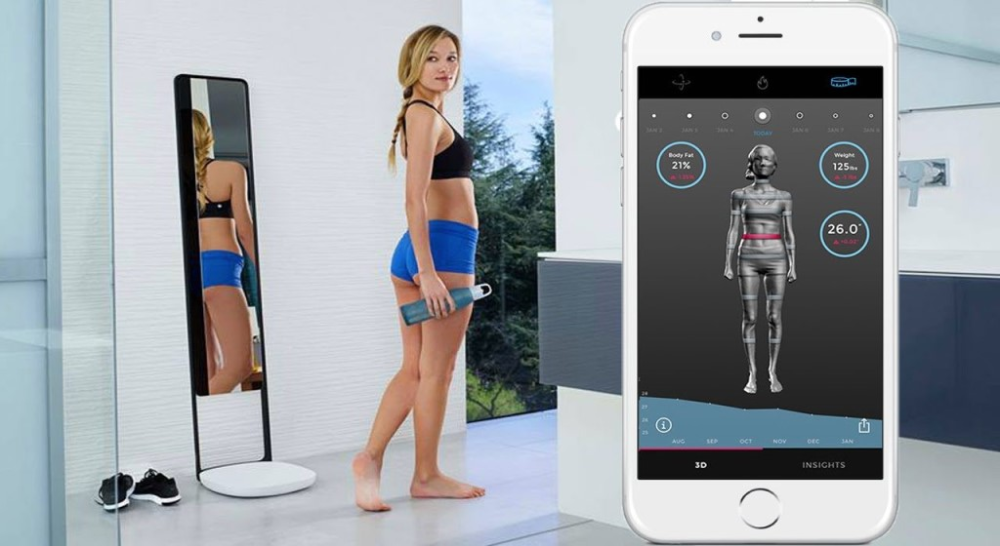 e. either fixed or handheld 3D scanners. And the way they offer both rapid and HD scanning modes is just like the cherry over the cake.
e. either fixed or handheld 3D scanners. And the way they offer both rapid and HD scanning modes is just like the cherry over the cake.
Overall these printers, are well-suited for a variety of 3D scanning situations. The complete series of EinScan-Pro uses white light 3D scanning technology that enables its user to achieve high accuracy, not at the cost of speed.
This professional-grade 3D Scanning system can utilize good color texture capture for features as small in a range that their sizes are anywhere from 0.03mm up to 4 meters.
These 3D Scanners were recently succeeded by the newer Shining 3D Pro 2X line.
It is to be noted that, then too, the original Pro models offer value for money you pay; even when they’re just not as fast or capable as the newer models. The cost of these 3D Scanners is just like the HP one.
Shining3D EinScan Pro Plus 3D Scanner In-Depth Review
ADVERTISEMENT
Peel One
This distinctly designed Peel 1 3D scanner, strikes a perfect balance between quality and speed.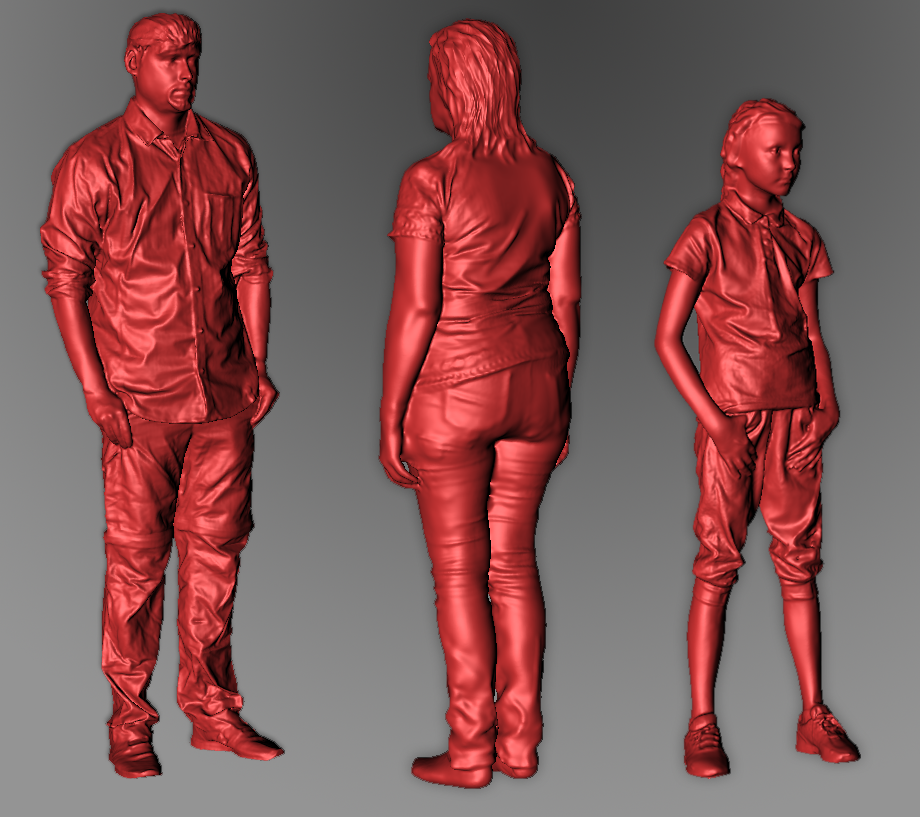
The users commenting or thinking about the higher price of Peel One than any of the 3D Scanners mentioned in the list should look at the reviews of the people who have used this 3D Scanner and are commenting that this 3D Scanner is lower priced than it actually deserves.
The market price of this printer is $5,900. Peel 3D scanner offers some fascinating features that are absent from other devices in the same price range. Some of those features include the ability to accurately scan flat or shiny surfaces.
It has a banana-like system that utilizes stick-on targets for adequately capturing flat and smooth surfaces.
When used for typical 3D scanning applications, using the scanner is as easy as pointing it to an object and shooting. It is either little or no preparation required.
Using an LED system to generate the structured light, the peel 3D scanner is also safer to use than other laser-based systems. When employing the stick-on guides, the peel 3d is able to reach a scanning accuracy of 0. 25 mm and volumetric accuracy of 0.5 mm.
25 mm and volumetric accuracy of 0.5 mm.
Although the base resolution is a mere 0.5 mm, which is lackluster compared to other models, it’s a sacrifice that must be made for the sake of cost-effectiveness.
Peel 3d Peel 1 3D Scanner In-Depth Review
ADVERTISEMENT
The Higher Price Range of 3D Scanners
This one contains a high-resolution 3D Scanner that is priced at about $10000.
Artec Space Spider
Being on the higher end of the 3D scanning spectrum, this scanner is a high-resolution 3D scanner that uses blue light technology for capturing anything from small, intricate objects to large parts in high resolution.
Priced just below $25,000, Artec Space Spider’s industrial system generates 3D models with premier accuracy and vibrant color.
Being an advanced version of the original Artec Spider, this is an industrial-grade scanner is designed for experienced CAD users who require high precision for applications.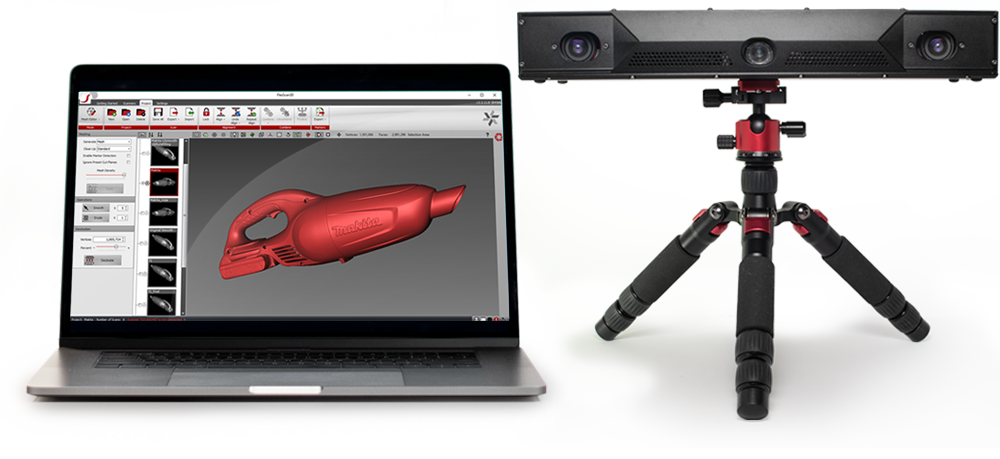
Examples of fields in which these are required include reverse engineering, additive manufacturing, quality control, and mass production. The scanner is able to conquer those pesky features that other scanners can’t handle, such as sharp edges and thin ribs.
Artec Space Spider 3D Scanner In-Depth Review
Creaform Go
This is a white-light 3D scanner that packs a lot of power into a portable package. The output of this 3D Scanner includes professional-grade geometries and textures that take 1.5 million measurements per second.
Imagine the amount of accuracy! Add it up with the allowance of 3D Scanner for free movement of both the object and the scanner with an accuracy up to 0.05 mm with a resolution of 0.1 mm.
The complete system of 3D Scanner uses hybrid positioning to allow for simple and convenient handheld scanning of larger objects. Combined with a workflow that could be considered point-and-shoot.
Creaform Go!Scan 3D 3D Scanner In-Depth Review
ADVERTISEMENT
Artec Eva
Particularly suited to medium-sized objects, the Artec Eva, captures accurate full-color scans quickly and reliably. It’s possible to set up more than one Artec 3D scanner to speed up or improve the scanning process.
Although that would be an expensive proposition, a welcome one to note the versatility of the device.
Because it utilizes structured light for its scanning method, this makes the high-resolution 3D Scanner particularly safe for scanning people and animals.
Eva requires no calibration or warm-up time and is compatible with tablets to make the whole system easier to lug around. Isn’t that wonderful?
The Conclusion
All the 3D Scanners mentioned in this list have one thing in common and that is, their ability to provide high resolution in their outputs. Overall, the 3D scanner market is a diverse space with a wide range of products.
They come at all shapes, sizes, capabilities, and prices as you might have seen in this article. With the availability of such wide choice it is a great thing in itself, and also can make sorting the goods from the duds a chore.
High-resolution 3D Scanners enable you as a user to capture the accurate real-time data of the world and the objects around you. With such data, you can precisely study and use it for inventing techniques.
While buying the most important thing is budget, and hopefully, after reading this article you will be able to classify the budget that you have for buying your 3D Scanner into one of these categories and then figure out the choice wisely.
Best 3D Scanner - The Top 10 3D Scanners for 2022 [Reviews]
Much like a regular scanner, laser scanning 3D uses various methods to analyze a physical object and then relay that data to a computer to create digital 3D models. The 3D digitizer process might be automatic or users might need to complete the model to their requirements by using software. The aim is usually to get an accurate model to the right standard and format, ready for 3D printing, for virtual reality applications or other purposes.
The aim is usually to get an accurate model to the right standard and format, ready for 3D printing, for virtual reality applications or other purposes.
Such scanners are used in many professional industries, but with advances in home 3D printing, there are now also a good variety of home options. They are sometimes called portable 3D scanners or handheld scanners if they’re designed as such. These allow you to easily scan small to medium-sized objects for 3D printing.
Some come completely assembled while others, like 3D printers themselves, you’ll have to put them together by yourself. The benefit for those that are good with that type of thing is it reduces the price and allows for easier upgrades and modifications.
Scanning is typically done using laser triangulation or various forms of structured light to surround the object and measure its 3D dimensions or ‘geometry’. High-quality 3D scanner camera lenses also capture the color and surface texture of the object. Using accompanying or third-party software, the model can then be scaled up or down, or completely modified.
Using accompanying or third-party software, the model can then be scaled up or down, or completely modified.
It’s never been easier to scan 3D objects!
How Do 3D Scanners Work?So, how do you scan 3D objects into a computer? Whether it’s on an industrial scale, at a small business, or on a desk at home, 3D scanners all share similar characteristics in the way they work.
The majority use laser and/or white light technology and cameras. The physical object is placed in a bed, tray, or suitable location. Electromagnetic light bounces off the object, measuring its circumference, full dimensions, and all its finer details.
Depending on the scanner it may use multiple light sources, cameras, and other tech to aid this process. The collected data is called a point cloud, which refers to the number of points captured by the laser.
The more points collected the more accurate the scan. A high-resolution scanner can capture hundreds of thousands of points in seconds and reach millions overall. The whole process only takes a few minutes.
The whole process only takes a few minutes.
While the light tends to be a measure of the object’s geometry, HD cameras tend to capture the surface detail and color.
The data recorded can then be fed into a computer-aided design program or similar software for inspection and manipulation. E.g. if you’re planning to use it for 3D printing, the model might need scaling up or down, hollowing, have added support structures, be re-colored or have brightness/contrast changes, etc.
There are, of course, different types of 3D scanner and scanning technology. So, let’s take a closer look at each one:
Types of 3D ScannersThere are several 3D scanner types. Before making your decision check out the section below:
Handheld vs StationaryHandheld and stationary 3D scanners often use the same technology and can overlap in their functions. The difference lies mainly in the design.
A handheld scanner has a grip and lets the user move around the object themselves to capture it at every angle.
A stationary scanner has to be positioned in front of the object, which is typically placed on a rotating plate and captures it as it spins 360 degrees. The user may have to reposition the object several times to capture every angle.
Newer designs are becoming smaller and more easily portable.
Laser TriangulationThe most common technology used in 3D scanning is laser trigonometric triangulation. It records millions of different points on the surface of the object to build an accurate overall polygon mesh. These are common in handheld options and industrial-grade scanner machines. They can also work long-range and for laser-tracking objects.
Structured-Light 3D ScannersSimilar and often used interchangeably with laser triangulation, structured light or ‘white light’ projects itself in a grid-like pattern over an object. It can then measure the structure of that grid as it applies to the object by using sensors/3D scanner cameras and triangulation.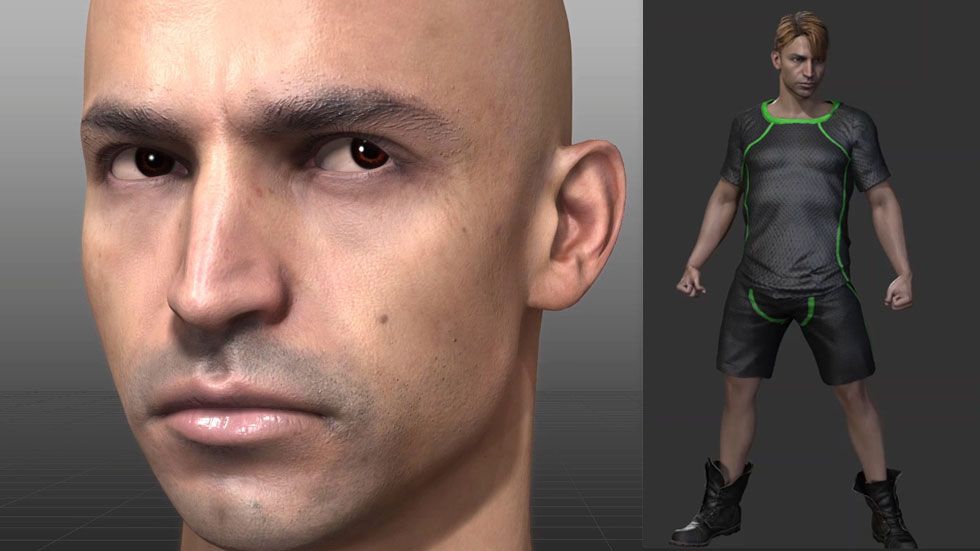
Longer range scanners use phase shift or pulse technology that can capture millions of points while rotating 360 degrees with the aid of mirrors. This is more commonly used to scan large objects like cars or buildings.
They might also use ‘time of flight’ technology that measures the distance of an object in relation to the speed of light and the time it takes for it to return to a sensor.
This is less relevant for everyday 3D scanning and printing.
3D Scanning ApplicationsThere are many different applications for 3D laser scanning - from those for 3D printing at home, to prototyping, industrial scale medical supply production and even architecture.
Hobbyist 3D printingCheaper 3D scanners are typically used by home users for scanning simple objects and 3D printing them for fun.
MedicalThe medical field and dentistry commonly use 3D scanning to create implants and aids to serve their patients’ needs.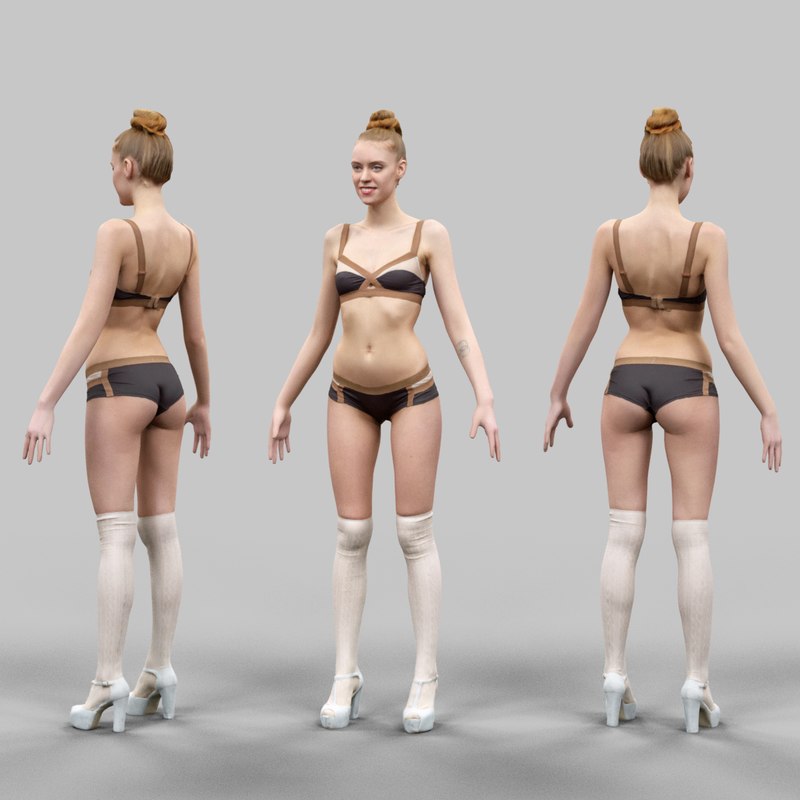 For example, scanning people’s feet with a high-quality 3D scanner allows for the creation of orthotics (shoe inserts). It is also used in the creation of prosthetics.
For example, scanning people’s feet with a high-quality 3D scanner allows for the creation of orthotics (shoe inserts). It is also used in the creation of prosthetics.
Industrial 3D scanners are used both in the creation and quality control of cars, planes, and even aerospace. It ensures existing parts are as accurate as their original models and that new viable parts are made.
Reverse Engineering and RepairsFrom the home computer desk to the manufacturing floor, 3D scanning allows users to reverse engineer or copy existing objects. Saved models also allow for the reconstruction of damaged objects.
Virtual RealityFrom creating realistic 3D worlds to the people that occupy them, 3D scanning devices are integral to the growing virtual reality industry. This ranges from AAA video games, virtual cinematography, and computer-generated imagery (CGI), to virtual tours and office meetings.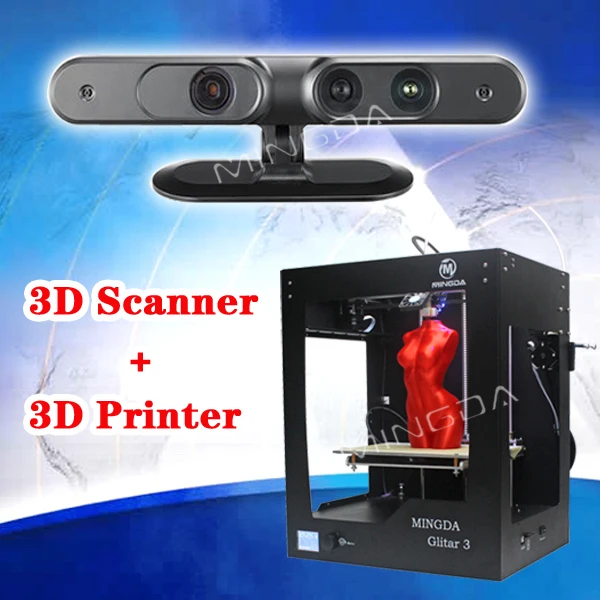 It is also a side industry to motion capture.
It is also a side industry to motion capture.
CSI has come a long way. Forensic experts nowadays don’t just have to rely on memory, photos, and evidence of a crime scene. They can capture the entire location in a full 3D model for closer inspection and for running through different scenarios.
Archeology and ArchivingFrom museums to libraries, 3D scanning is being used to log and preserve everything from artifacts to digitizing books. This also gives experts and the public remote access.
Architecture3D scanning can also help architects map the areas they will be designing their buildings in, take inspiration from existing architecture, and aid in building miniatures/prototypes.
What Should I Know Before Buying a 3D Scanner?Before you buy a 3D scanner, there are several things to consider:
- your budget
- what you’ll actually be using it for
- it’s speed and accuracy
- the device’s other features.

3D laser scanner price ranges vary greatly. On the cheaper end, you may be able to pick one up for home for just shy of $300, like the XYZprinting 3D Scanner 1.0 A. However, if you want the highest overall quality and the ability to scan small and large objects. Or, if you’re a professional and need a 3D part scanner in a field like medical implants or automotive parts, you’re looking at anywhere between $3,000 and $35,000.
Typically, it’s best to look for 3D scanners for sale online where you can find the best selection and prices.
3D PrintingWhile a dual 3D printer scanner combo is rare, if you want to scan models for 3D printing, you will need to make sure it has good accuracy and resolution. The software also must be able to export to a usable format. You will need to check your 3D printer and its own software to see what file types it accepts and then choose your scanner accordingly.
Fortunately, almost all of our 3D scanner reviews include devices that can export in common file types like OBJ and STL.
It’s typically only the more expensive scanners that are good for other applications, like VR, full-body scanning, architecture, and engineering.
Handheld vs StationaryWe already explained the difference, but basically, a handheld scanner is mobile, while the stationary one will require you to move and adjust the object. Neither is necessarily better than the other, it’s all down to your needs.
SpeedHow fast is the scanner? Do you have a lot of spare time or require the job to be done as fast as possible? All 3D scanners will take a few minutes to complete, while many scanning complex objects in high resolution can talk half an hour or longer.
Accuracy and ResolutionAccuracy refers to how close to the object being scanned your digitized model will be, measured in millimeters. Therefore, the smaller the better. The term resolution may be used interchangeably with accuracy or refer to the resolution of any cameras being used as part of the scanning process.
Therefore, the smaller the better. The term resolution may be used interchangeably with accuracy or refer to the resolution of any cameras being used as part of the scanning process.
Generally, the lower the millimeter, the better. Other factors also play a role in overall quality, such as lighting conditions, color, and depth.
Object Size and SpaceSome types of 3D scanners excel at scanning small objects while others are better at medium to large. Others are all-rounders. Before buying a scanner, you should decide the general size of the items you will be scanning.
You will also need to make room for the scanner. Although all the products on our list are small and relatively portable, stationary scanners at least need a table to work from. Likewise, there will be a minimum and maximum distance the scanner must be in relation to the object being scanned.
You’ll need more room when scanning larger objects in full.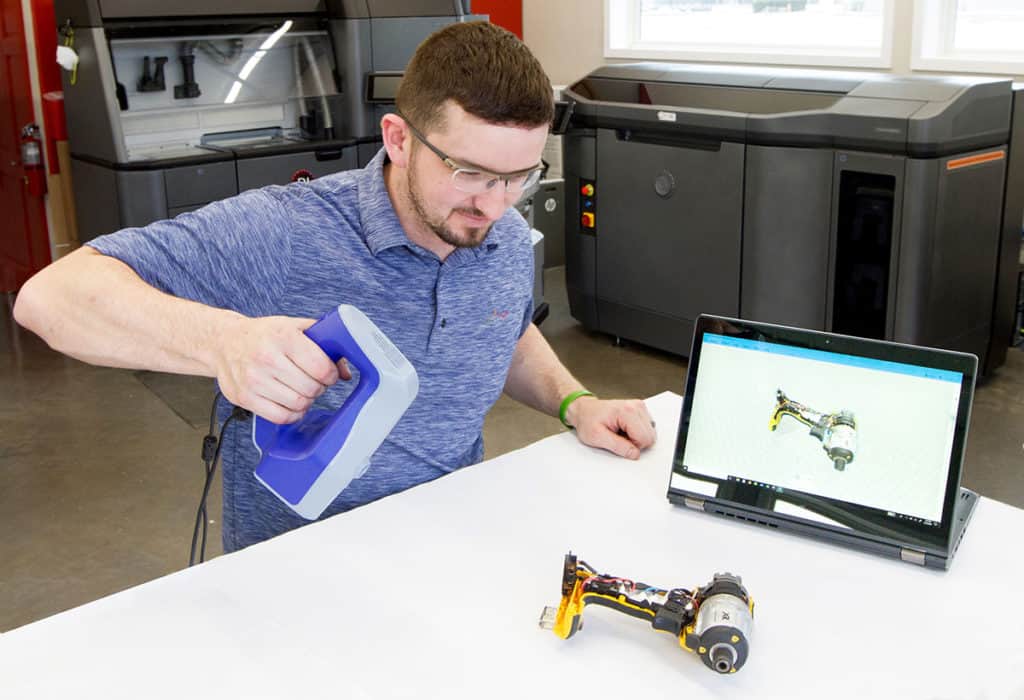
All 3D scanners need to be connected to a computer or device to help monitor the process and for saving the digital model. This is usually done via a USB or HDMI cable. You will need to check that your computer or laptop meets the minimum requirements for the scanning and modeling software. Also, make sure that you have a tablet to make real-time monitoring easier.
SoftwareYour device will either come with its own software or a popular third-party program to aid the process and to help touch-up the model once it’s scanned. Different 3D printing software is better suited to different skill levels. Some programs have a lot of features for experienced users and others do most of the basic tasks automatically. Check our 3D scanner reviews to see the software each device comes with and how advanced and easy to use it is.
Wrap UpWhether you’re looking for a tool for your home or something more on an industrial scale for your business, our 3D scanner reviews have something for everyone.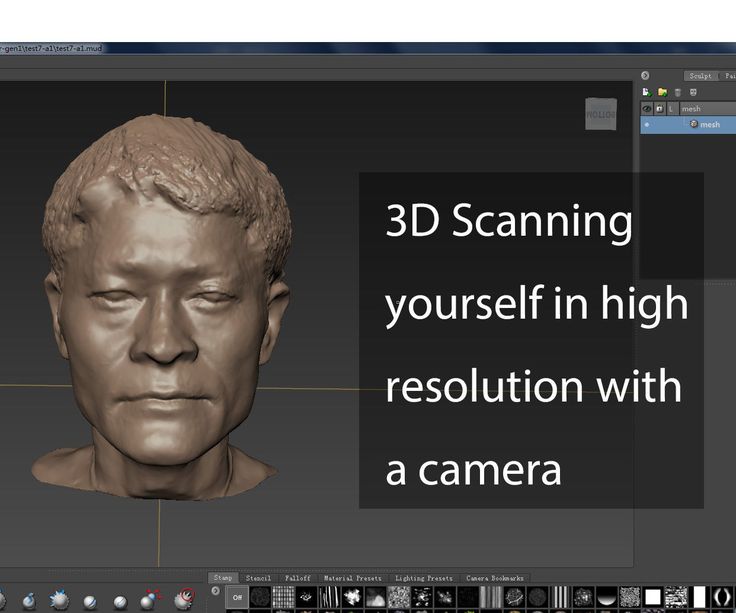 From handheld devices to structured lightboxes with turntables, you’ll be creating 3D models or reverse engineering parts in no time. Perhaps you’ll even do a 3D selfie or two!
From handheld devices to structured lightboxes with turntables, you’ll be creating 3D models or reverse engineering parts in no time. Perhaps you’ll even do a 3D selfie or two!
If you’re still unsure about 3D printing after reading our reviews and guides, check out our answers to your most commonly asked questions below.
Top Ten 3D Scanners from $100 to $100,000 / Sudo Null IT News There are several ways for you: you can of course create your 3D model from scratch in a 3D modeling program or find a suitable one on the Internet, but you can also scan an existing object! The purpose of this review is to help you understand the variety of 3D scanners available and offer the best in every price segment from a photogrammetric smartphone app to professional 3D scanners. nine0003
Scanners are listed in ascending price order so you can choose the one that suits your budget and use the resulting 3D models for both 3D printing and animation.
If you are not satisfied with the proposed solutions, there is an extended overview at this link.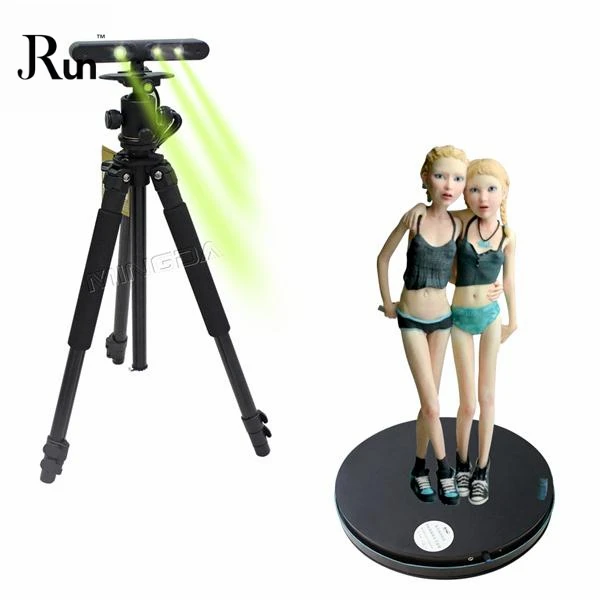
3D scanner in hand:
1. Best smartphone app: Autodesk 123D Catch (free)
Autodesk 123D Catch is a free photogrammetric application. It allows you to create a 3D model from photographs of an object taken from different angles. You can use it to scan objects, people, and even the landscape. For some applications, if you don't need perfect accuracy, you don't need special equipment. This application actually provides quite good detail and is easy to use. However, it will take you at least 30 minutes for the app to process your photos as the processing takes place on the server and it takes time to send them. nine0003
2. Best DIY 3D Scanner: Kinect ($99.99)
The Xbox Kinect is designed to expand your gaming experience. It is not designed for 3D scanning, but you can easily find manuals and third party software (like ReconstructMe) to turn it into a 3D scanner. If your arms are growing out of your shoulders, this is an interesting and inexpensive solution for 3D scanning.
Price: $99.99
Resolution: 0.051mm
)
This scanner can be attached to your tablet or phone (generally designed for iPad, but can be adapted to other devices). Lightweight and easy to use, with a very good resolution. Suitable for large items (can scan a full-length person) and outdoor scanning. You will be able to use it with software running on Occipital's SDK. This will increase the resolution and give you access to special features like room scanning. It probably won't be something you'll use for 3D printing, but it's interesting for game development, for example. nine0003
Price: $ 379
Resolution up to: 0.5 mm
accuracy to: 4 mm
4. The best of cheap manual 3D scanners: Cubife ($ 399)
3D 3D-scanners can be quite affordable and easy to use if you choose from inexpensive portable models. Cubify fits these criteria very well and has a relatively good resolution. But still, its capabilities are not enough for texture scanning and it is better to use it for subsequent 3D printing of one-color models. nine0003
Cubify fits these criteria very well and has a relatively good resolution. But still, its capabilities are not enough for texture scanning and it is better to use it for subsequent 3D printing of one-color models. nine0003
Price: $ 399
Resolution: 0.9 mm
Resolution at a distance of 0.5 m: 1 mm
3D scanner on the table:
5. Best and cheapest table 3D 3D 3D 3D 3D 3D 3D- Scanner: Matter and Form ($519)
If you're looking to take your quality to the next level, you can purchase a desktop 3D scanner. This model is compact, easy to use, and delivers good resolution, especially considering the price (not your go-to option if you're looking for perfection, but great for educational and demo purposes). The scanning process takes place with the help of a laser and a rotating platform. The scan takes about five minutes and simultaneously reads the texture of the object. nine0003
Price: $ 519
Resolution: 0. 43 mm
43 mm
accuracy: ± 0.25 mm
6. The best device "two in one": XYZPRINTING DA VINCI 1.0 ($ 600)
is inexpensive combines a 3D scanner and a 3D printer. The quality of the models is not too high, but the price is very low for such a combined device. This makes the XYZprinting Da Vinci the easiest solution for beginners who want to get into the world of 3D scanning-printing. nine0003
Professional 3D scanners:
7. Best value for money portable 3D scanner: Fuel3D Scanify ($1490)
Very easy to use, intuitive, and feels good in the hand, this scanner delivers good accuracy and texture quality. The only limitation is that the size of the scanned area is limited, which is great for small objects, but for scanning a full-length person, for example, it will not work. nine0003
Price: $ 1490
Resolution: 0.35 mm
accuracy: to 0. 3 mm
3 mm
8. Best price The scanner uses a different scanning technology than others. Instead of a dual laser scanning system, it uses a structured light source and cameras for fast scanning with very fine detail down to 0.06mm! The scanner comes with DAVID Pro Edition 3 software that works with OBJ, STL and PLY 3D file formats that can be exported to other programs for further editing. nine0003 Price: $ 3995 9. The best table professional 3D-scanner: SolutionIX REXAN 4 ($ 79 900)
Resolution: 0.06 mm
accuracy: 0.5% of the size of the object
 As an option, it can be equipped with an automatically rotating platform capable of supporting up to 50 kg of weight. nine0003
As an option, it can be equipped with an automatically rotating platform capable of supporting up to 50 kg of weight. nine0003
Price: $ 79 900
accuracy: from 0.03 to 0.71 mm
10. Best professional manual 3D scanner: Metrascan 750 ($ 50,000 - $ 100,000)
Creaform Metrascan 750 is a complete professional, production solution for accurate 3D scanning. It is light, accurate, fast, and scans objects of any surface quality, with any texture with excellent accuracy.
Price: $79900
Resolution: 0.050 mm
Accuracy: Up to 0.03 mm
We hope this was a useful read and you found a 3D scanning solution suitable for your needs and your budget! If you want to learn more about photogrammetry, you can read this article.
Good luck with your 3D scanning!
Best 3D Scanners of 2019
You are here
Home
nine0002 3D scanners allow you to obtain digital three-dimensional images of objects. The range of these modern devices is quite large, which, in fact, allows you to choose the best option for any task and need. There are stationary models, there are portable, manual ones. Highly specialized and universal. But all these devices have one thing in common - they allow you to solve everyday professional tasks in the field of engineering, design and medicine at a new, higher quality level. But due to the large assortment, the choice becomes very difficult. Moreover, manufacturers update their lineup with new models from year to year. nine0003
The range of these modern devices is quite large, which, in fact, allows you to choose the best option for any task and need. There are stationary models, there are portable, manual ones. Highly specialized and universal. But all these devices have one thing in common - they allow you to solve everyday professional tasks in the field of engineering, design and medicine at a new, higher quality level. But due to the large assortment, the choice becomes very difficult. Moreover, manufacturers update their lineup with new models from year to year. nine0003
This year the ranking was topped by the following brands:
- Rangevision
- Shining
- THOR3D
Nothing surprising, everything is quite natural. But first things first…
RangeVision Spectrum 3D Scanner
The RangeVision Spectrum topped the list of professional scanners. RangeVision company has been working in the field of 3D scanners and software for them for more than 7 years.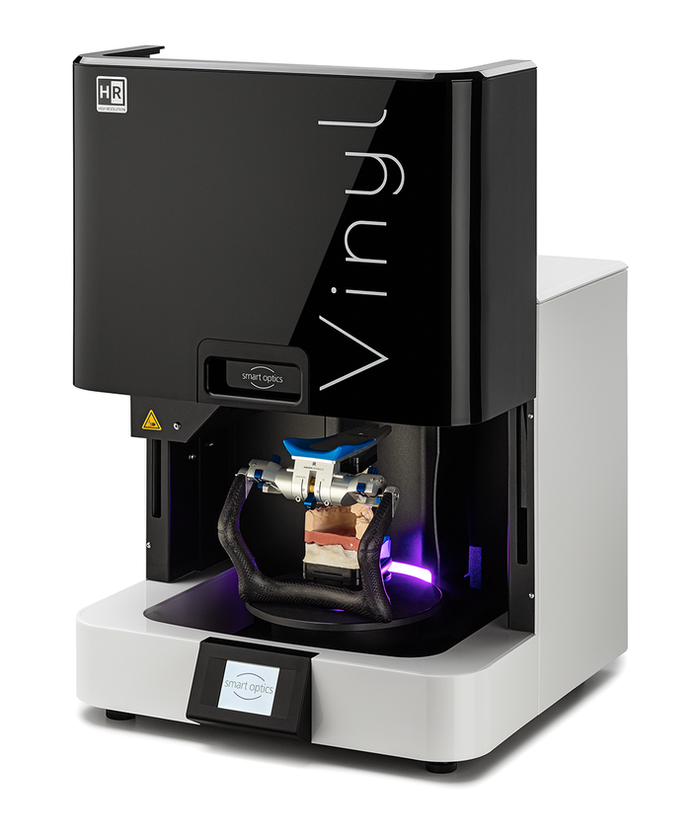 Currently, the main focus is structured illumination 3D scanners, which is our favorite RangeVision Spectrum. This is a high resolution device that incorporates all the latest developments of the company. RangeVision Spectrum is equipped with industrial color cameras. Camera resolution 3.1Mpix. The device has three scanning areas and is specifically designed to accurately capture the finest details and complex geometries. The user can select one of three scanning modes depending on the conditions, which ensures optimal capture of objects of any shape and size. nine0003
Currently, the main focus is structured illumination 3D scanners, which is our favorite RangeVision Spectrum. This is a high resolution device that incorporates all the latest developments of the company. RangeVision Spectrum is equipped with industrial color cameras. Camera resolution 3.1Mpix. The device has three scanning areas and is specifically designed to accurately capture the finest details and complex geometries. The user can select one of three scanning modes depending on the conditions, which ensures optimal capture of objects of any shape and size. nine0003
The scanner is used for professional digitization of objects from 1cm to 3m with consistently high resolution and quality.
3D scanner Shining 3D EinScan-SE
The ideal option for beginners is the 3D scanner EinScan-SE from Shining3D. This is a Chinese brand that has been manufacturing additive manufacturing equipment for over 10 years. Moreover, the company has its own 3D printing centers, which use only their own developments. The main advantage of Shining 3D scanners is a simple and intuitive interface. In addition, the models are also distinguished by an affordable price. No wonder
The main advantage of Shining 3D scanners is a simple and intuitive interface. In addition, the models are also distinguished by an affordable price. No wonder
Shining 3D EinScan-SE is officially recognized as the best option for mastering 3D scanning techniques and additive manufacturing in general.
Features of Shining 3D EinScan-SE:
- high scanning speed;
- simplicity and clarity - even a child can master this 3D scanner;
- universality;
- high quality digitization.
Work, in particular calibration and alignment is automated, which also makes work easier. nine0003
The company also produces other models. Shining 3D Einscan Pro 2x and Einscan Pro 2x plus handheld scanners are in particular demand. These are compact mobile scanners that produce HD quality models.
3D scanner Thor3D Drake
Well, the best universal 3D scanner is recognized as a domestic development - 3D scanner Thor3D Drake 3 in 1.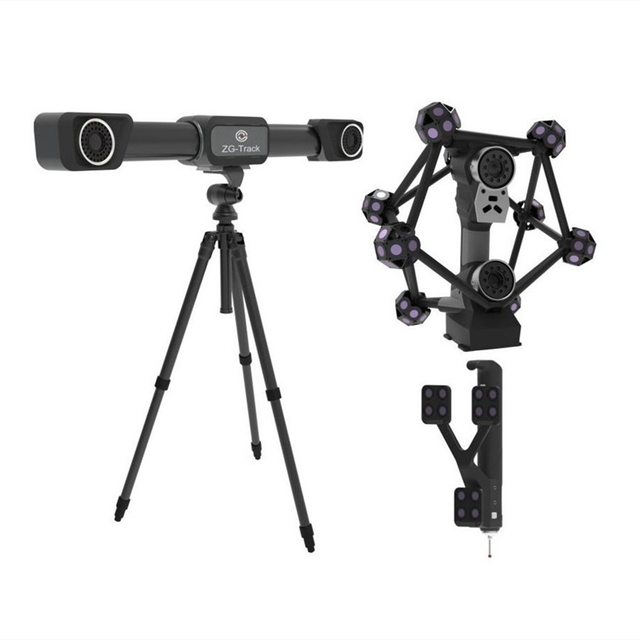 Thor3D is a Russian manufacturer of hand-held wireless high-precision 3D scanners. Since 2015, a team of specialists has been successfully developing unique devices and software aimed primarily at professional use. nine0003
Thor3D is a Russian manufacturer of hand-held wireless high-precision 3D scanners. Since 2015, a team of specialists has been successfully developing unique devices and software aimed primarily at professional use. nine0003
Thor3D Drake 3 in 1 3D Scanner uses structured illumination technology. The device comes with three interchangeable lenses, thanks to which the scanner can accurately digitize models of different sizes: small, medium and large. Moreover, each lens is characterized by its accuracy and resolution:
- mini - 40µm and 0.15mm
- midi - 70µm and 0.4mm
- maxi - 150km and 0.6mm
In addition, the Drake 3 in 1 is equipped with a 7-inch touch screen display and a computer for convenient offline operation. Thus, this portable, lightweight and wireless device can replace a whole set of 3D scanning equipment. The package includes the intuitive software Thor3D Suit. As a result, working with such equipment requires minimal participation from a specialist, guaranteeing consistently excellent results.